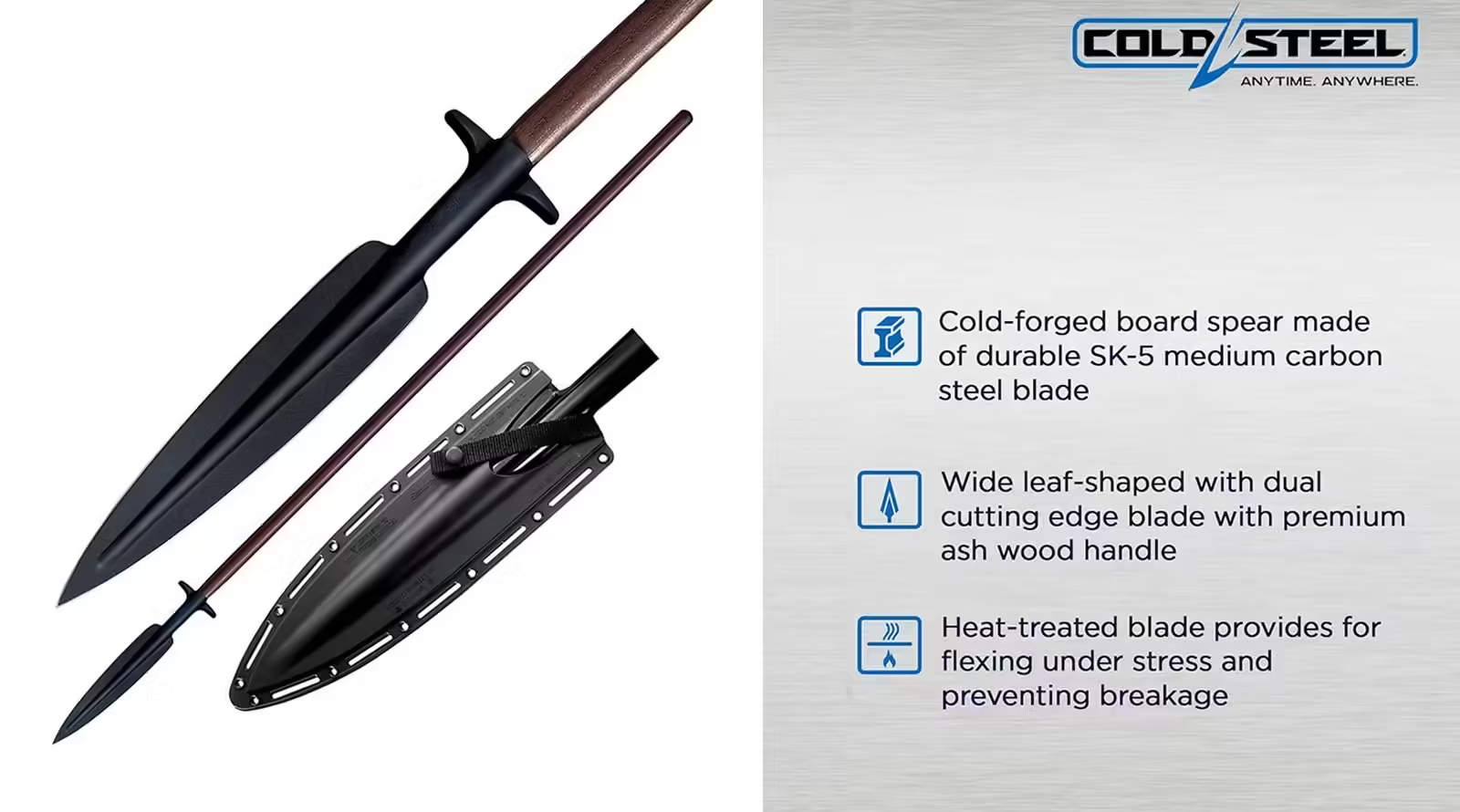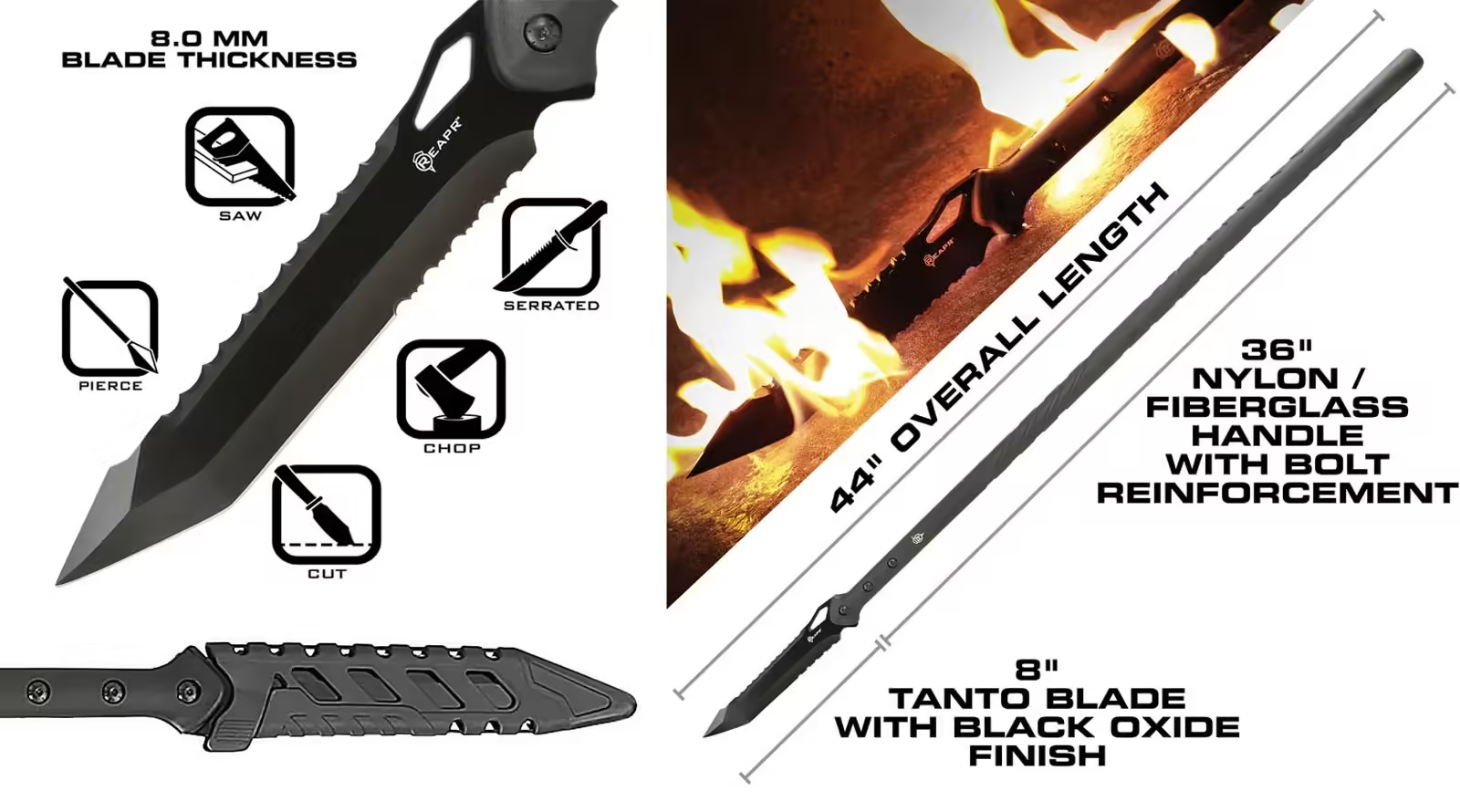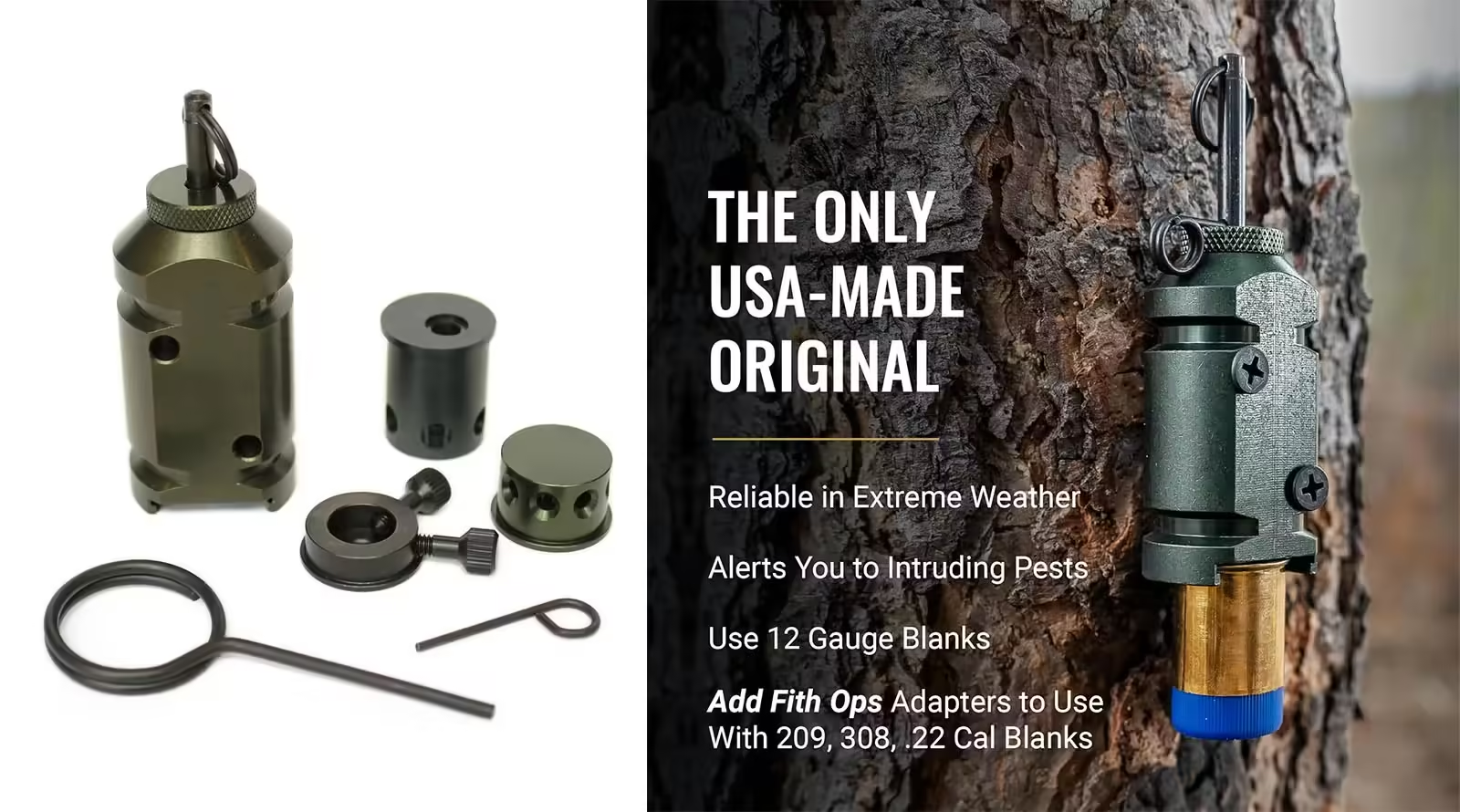The concept of “Best Practices for Using Self-Defense Weapons” encompasses a set of guidelines, techniques, and methods designed to maximize the effectiveness and safety of self-defense weapons. These practices are not only about wielding a weapon effectively in a threatening situation but also about ensuring that the weapon is used responsibly and within the bounds of the law.
One of the primary goals of these best practices is to equip individuals with the knowledge and skills necessary to use self-defense weapons effectively in high-stress situations. This involves more than just knowing how to physically handle the weapon; it includes understanding the legal implications, recognizing the appropriate situations to use force, and being aware of the potential consequences of using a weapon.
Key aspects of these best practices include:
Weapon Selection: Choosing the right self-defense weapon is crucial. This means selecting a weapon that is not only legal in your area but also one that is easy for you to carry, conceal, and use effectively. The right weapon should match your level of comfort and training, whether it’s a firearm, pepper spray, a taser, or another device.
Training and Proficiency: Regular training is essential for safe and effective weapon use. This includes not only learning how to operate the weapon but also practicing under simulated conditions that mimic real-life scenarios. Training should also cover safe handling practices, such as how to store and carry the weapon securely to prevent accidents.
Situational Awareness and De-escalation: Effective self-defense begins with awareness. Being vigilant about your surroundings and recognizing potential threats early can often help you avoid dangerous situations altogether. De-escalation techniques are also a vital part of self-defense, allowing you to diffuse a situation before it requires physical intervention.
Appropriate Use of Force: Understanding when and how to use a self-defense weapon is crucial. The use of force should be proportionate to the threat and should always be a last resort when all other options have been exhausted. Excessive force can lead to legal consequences and escalate the situation further.
Legal and Ethical Considerations: Self-defense weapon use is subject to strict legal regulations that vary by jurisdiction. It’s important to be fully informed about the laws in your area regarding weapon ownership, carry regulations, and the legal definition of self-defense. Ethical considerations also play a role; self-defense should always be used to protect life and prevent harm, never as a tool for intimidation or aggression.
Best Practices for Using Self Defense Weapons
When it comes to using self defense weapons, there are several best practices that can maximize your safety and effectiveness. By adhering to these guidelines, individuals can enhance their personal safety while minimizing the risk of unnecessary harm to themselves and others:
- Know your weapon: Familiarize yourself with the specific features, operation, and limitations of your chosen self defense weapon. Read and follow the manufacturer’s instructions carefully.
- Train and practice: Take the time to receive proper training and practice using your self defense weapon. This will help you become more confident and proficient in handling it during a high-stress situation.
- Be aware of legalities: Research and understand the laws and regulations regarding self defense weapons in your jurisdiction. Ensure that you are using a legal weapon and that you are aware of any restrictions or requirements for carrying and using it.
- Focus on prevention: While self defense weapons can be highly effective, it’s important to prioritize personal safety measures such as situational awareness, avoiding risky situations, and practicing de-escalation techniques whenever possible.
- Choose the right moment: If the need to use your self defense weapon arises, assess the situation carefully. Make sure there is a clear and immediate threat to your safety before deploying your weapon.
- Aim for vital areas: When using a self defense weapon, aim for the attacker’s vital areas to maximize effectiveness. For example, when using pepper spray, target the face; when using a stun gun, aim for major muscle groups.
- Stay in control: Remain focused, calm, and composed during an altercation. This will help you make rational decisions and maintain control of the situation to the best of your ability.
- Report and seek help: After defending yourself using a self defense weapon, make sure to report the incident to the appropriate authorities. Seek medical attention if necessary and reach out to support networks for emotional assistance.
Frequently Asked Questions
1. Can I bring self defense weapons on an airplane?
Most self defense weapons are prohibited on airplanes, both in checked baggage and carry-on luggage. It’s crucial to familiarize yourself with the transportation security regulations in your country before attempting to bring any self defense weapon on a flight.
2. How should I store my self defense weapon?
It’s important to store your self defense weapon securely and out of reach of unauthorized individuals, especially if there are children in your household. Follow the manufacturer’s guidelines for storage and consider using lockable cases or safes for added security.
3. Can self defense weapons cause harm to the user?
When used properly, self defense weapons are designed to minimize the risk of harm to the user. However, it’s essential to familiarize yourself with the instructions and safety guidelines provided by the manufacturer to ensure safe usage.
Conclusion
Choosing the right self-defense weapon is a vital step in ensuring your safety, but it’s equally important to prioritize safe handling and responsible use. Start by selecting a weapon that is legal, easily concealable, and one you feel confident and comfortable using. Regular training and practice are essential—not only for honing your skills but also for ingraining safe handling practices that can prevent accidents and misuse.
Being aware of your surroundings and using de-escalation techniques are your first lines of defense. Staying vigilant allows you to identify potential threats early and avoid dangerous situations before they escalate. However, if physical defense becomes unavoidable, it’s crucial to apply just the necessary force, ensuring your actions are defensive rather than aggressive.
Understanding and adhering to local legal guidelines regarding self-defense weapons is also critical. Being informed about the laws in your area ensures that you can protect yourself effectively and legally. Moreover, practicing safe weapon storage, such as keeping your weapon secured when not in use, is essential to prevent unauthorized access and potential harm.
By embracing these safety practices, you can enhance your personal security while acting responsibly and reducing the risk of unnecessary harm to yourself and others. Always remember that self-defense should be a considered and deliberate action, used only when truly necessary to protect your well-being.





